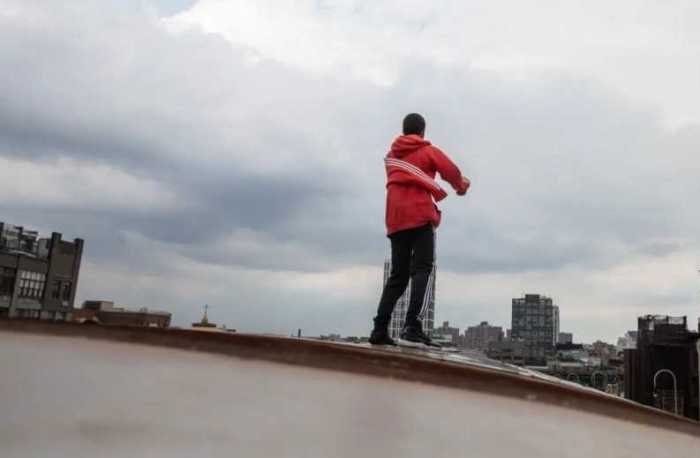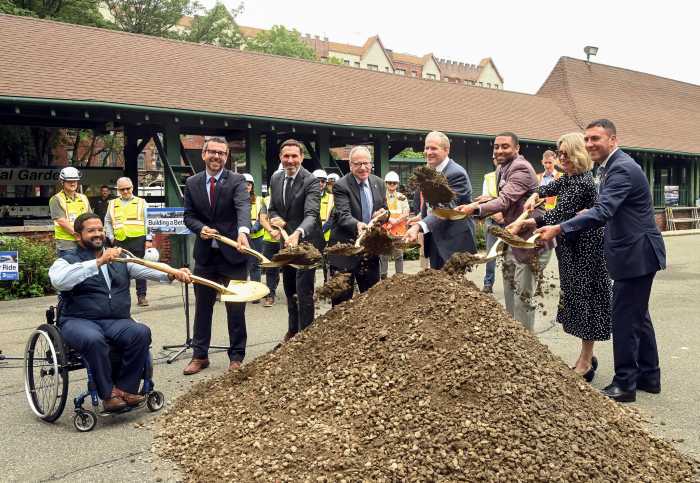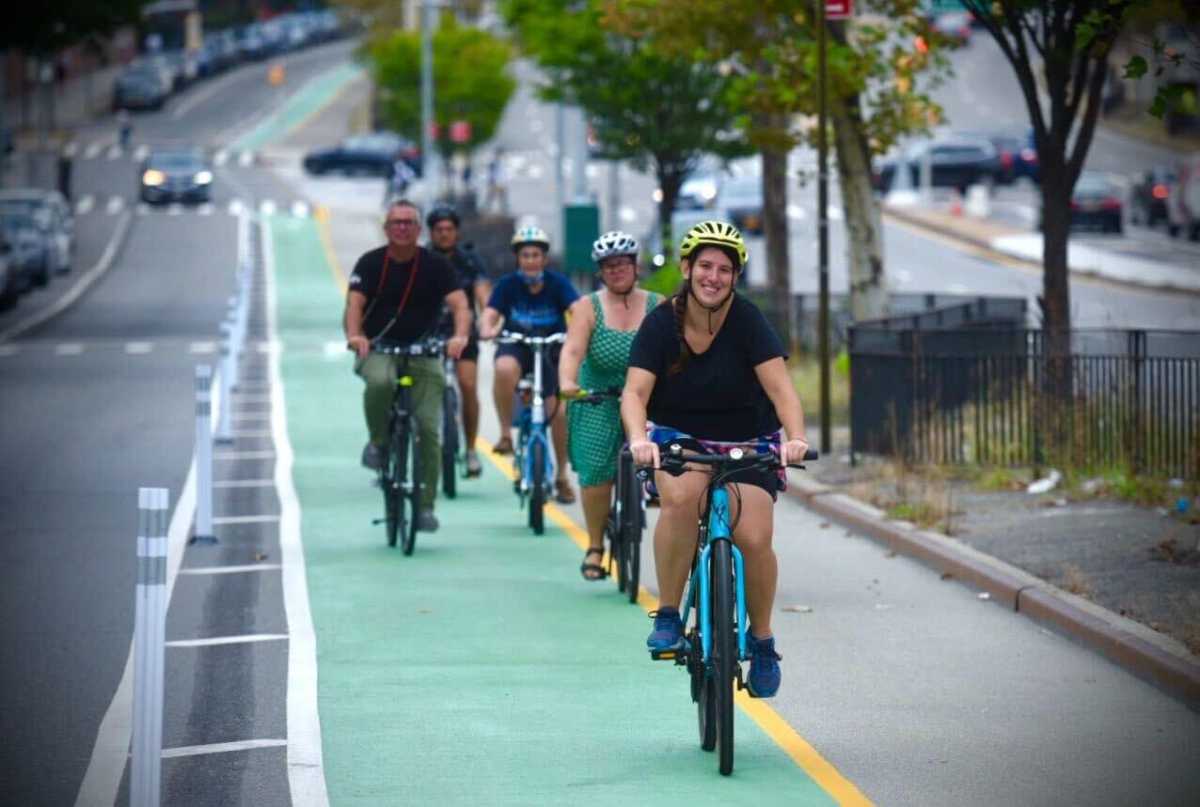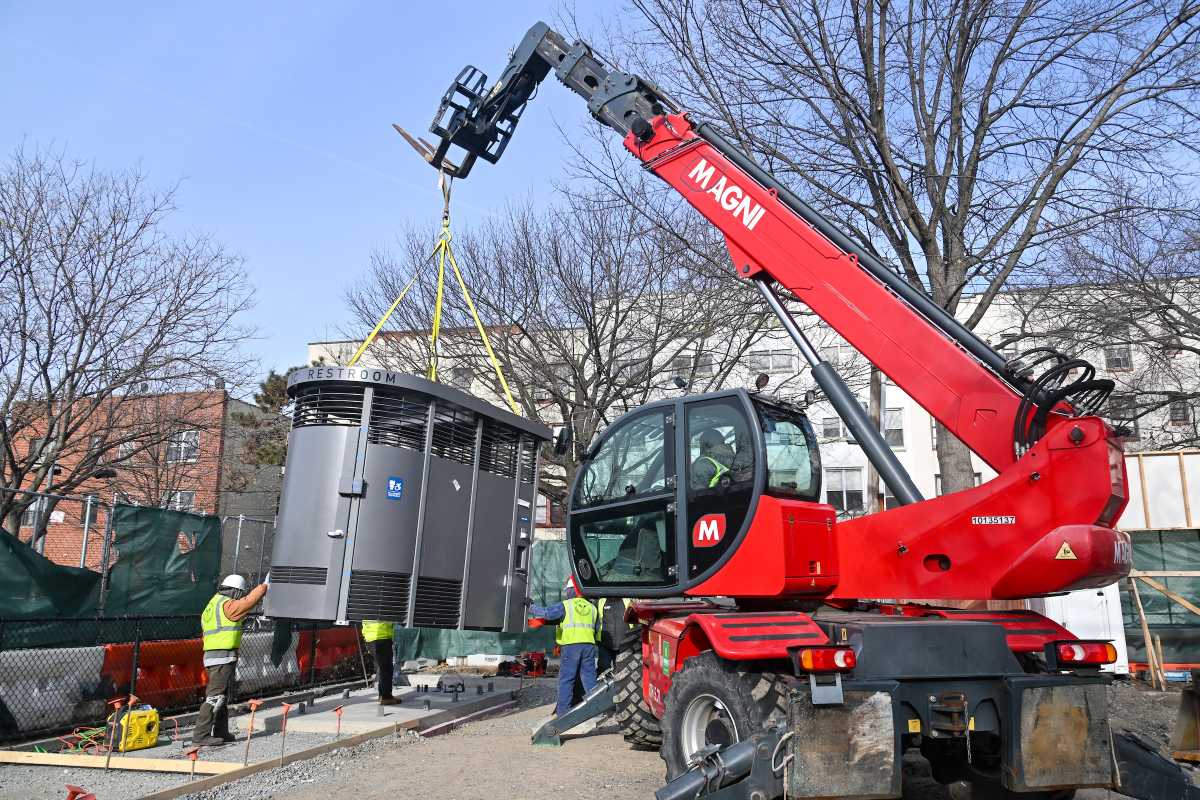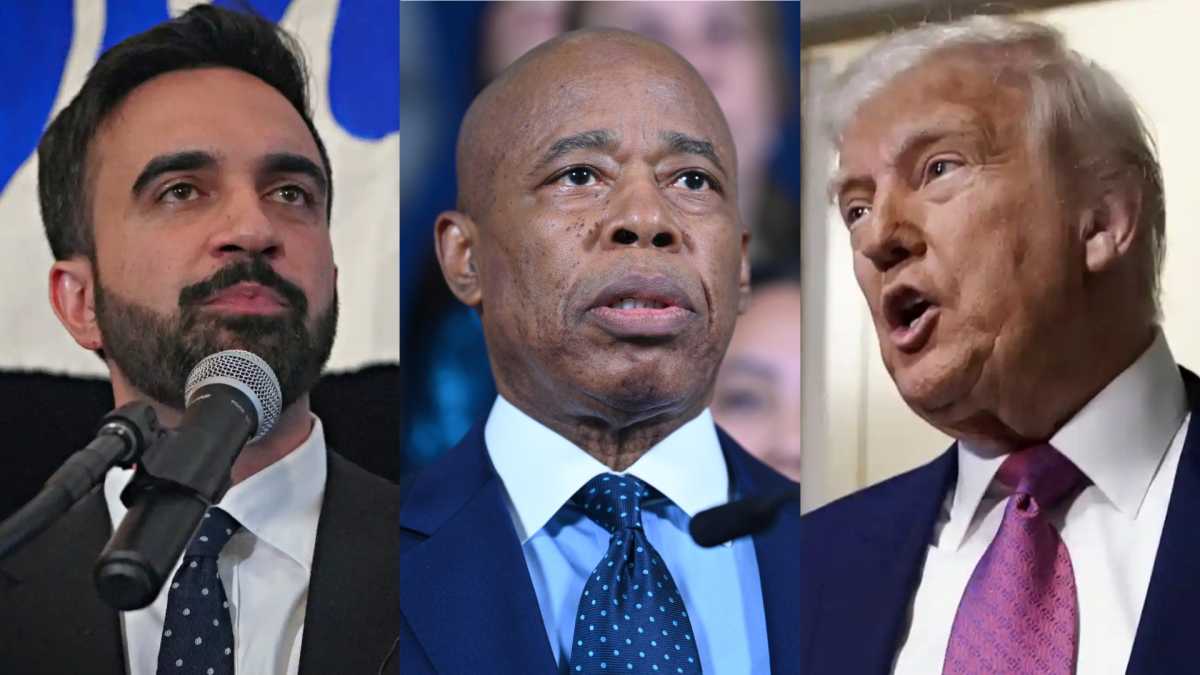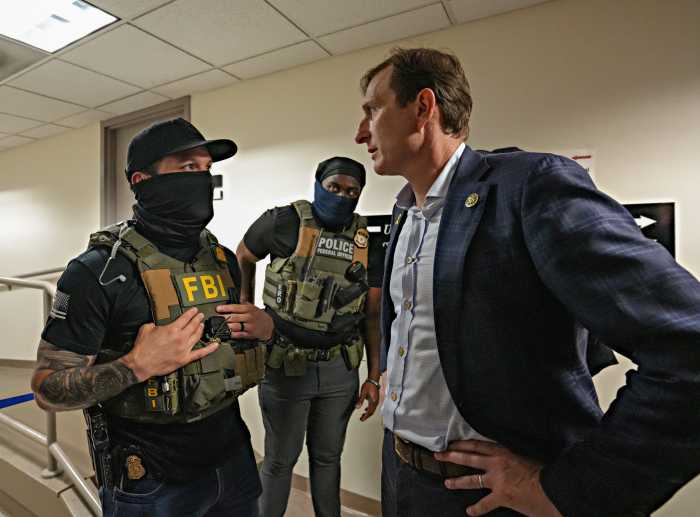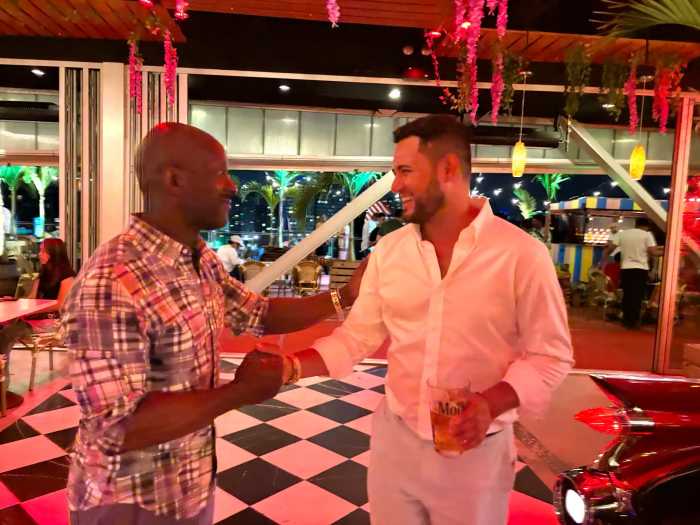Six mayoral hopefuls took the stage at the Brooklyn Information & Culture (BRIC) space Monday evening to answer questions from straphangers with the Riders Alliance about how they would tackle the city’s most urgent transit problems if elected in 2025.
Transit issues frustrating Bronx riders, especially the abandoned Fordham Road busway project, came up repeatedly as Comptroller Brad Lander, Assembly Member Zohran Mamdani, State Senator Zellnor Myrie, State Senator Jessica Ramos, former Comptroller Scott Stringer and Attorney Jim Waldon shared their vision for improving the largest public transit system in the country.
The executive director of the Riders Alliance, Betsy Plum, opened the evening by spelling out the importance of electing a mayor with strong transit policies.
“Tonight, we are zeroing in on the needs of transit riders, a shared identity for the vast majority of New Yorkers,” Plum said. “The mayor has an outsized role in shaping how we move and making New York City more affordable, more equitable and more accessible for all.”
Much of the night’s discussions centered around the state of bus transportation. Audience members posed questions to candidates about slow bus service, affordability concerns, accessibility and frustrations over halted projects like the Fordham Road busway which would create a corridor on Fordham Road that would only allow buses, delivery trucks and emergency vehicles.
Candidates took aim at the Adams administration, criticizing him for failing to deliver the 150 miles of bus lanes over four years promised in the Master Streets Plan and joked about the infamous “Bus Mayor” jacket gifted to him by the Rider’s Alliance in 2022.
Lander said that he was willing to take on that role.
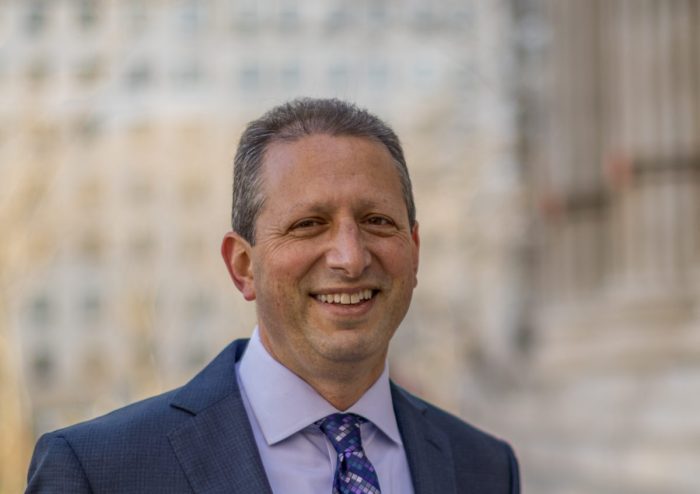
“I want the jacket,” Lander said. “I had hoped Bloomberg would be the bus mayor, I hoped de Blasio would be the bus mayor, I even hoped Adams would be the bus mayor, but we haven’t had a bus mayor yet. So, I’d love to do it.”
Lander listed multiple ways he would earn the jacket including committing to the Fordham Road busway as well as one on 34th Street. Even where busways aren’t possible, Lander suggested alternatives like protected bus lanes, transit signal priority, and all-door boarding so New Yorkers can enter and pay via OMNY at both the front and rear doors of the bus.
All the candidates committed to meeting the Master Streets Plan’s mandated 30 miles of new bus lanes a year, if elected.
Stringer said that to make up the ground lost by the current administration he would focus on the needs of working-class New Yorkers. He emphasized that improving bus service would be expensive.
“Now to get this done, we cannot give free service to people who can afford it,” Stringer said, referencing people who evade fares on buses and trains.
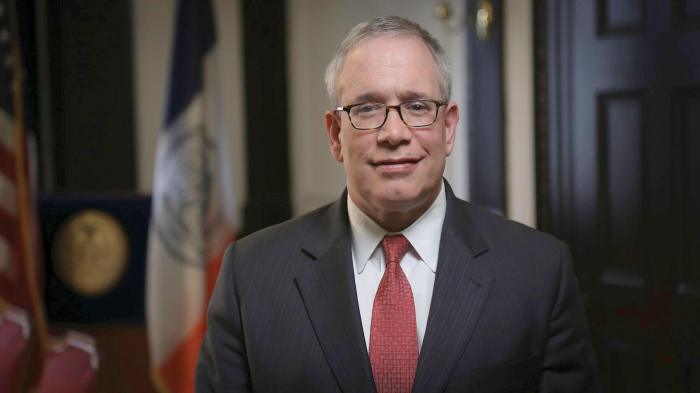
“They have to pay their fair share so that we can give people a fair fare – people who are the backbone of the economy in New York City.”
Alternatively, Attorney Jim Waldon suggested that enforcing fare evasion should be put on the back burner.
I don’t believe that every single person that jumps a turnstile is a bad actor,” Waldon said. “I also don’t believe that the juice is worth the squeeze. If we go after all of those people, how much money are we spending on enforcement that we could have for other programs?”
Abby Jurra, a former student in the Bronx, said she rode the Bx12 which connects the East Bronx to the West Bronx via the gridlocked Fordham Road. Jurra stood and asked the forum about the Fordham Road busway project which she said was killed due to “powerful lobbyists who had the ear of Mayor Adams.” She asked the candidates how they planned to deal with wealthy special interest groups seeking to derail transformative projects that would help all New Yorkers.
State Senator Myrie, who represents Central Brooklyn, lived the experience of Bronxites taking the Bx12 when he attended Fordham University. He said that sometimes he would exit the 4 train at Jerome Avenue or the D train at Grand Concourse and when he saw the traffic in front of the Bx12 would choose to run to class instead of waiting, arriving drenched in sweat.

Myrie said his shared experience as a lifelong transit rider was motivation to complete projects with opposition from wealthy special interest groups.
“When it comes time to make the decision on whether we will hold our ground and we will stand up for bus riders, I’m not relying on someone else to tell me, or what I’ve seen somewhere else,” Myrie said. “I’m relying on what I’ve lived.”
Assembly Member Mamdani, who represents western Queens and has been endorsed by the Democratic Socialists of America, said that capitulating to wealthy donors goes against his ideals.
“One thing that sets me apart is a significant part of my entire campaign is built around the promise of a transformed bus network,” Mamdani said. “It is built around the promise of a world-class city having world-class transit.”

Mamdani supported making the entire NYC bus system free for all riders, saying that during a recent free bus pilot program, ridership on free routes was up, violence was down and new riders on those routes opted for public transit over private vehicles.
All of the candidates supported expanding eligibility for the fair fares program to 200% of the federal poverty line in their first year as Mayor.
Bronxite Victor Walker has mobility challenges that he said make riding his normal bus, the Bx13, and the subway difficult. He told the candidates that over half a million New Yorkers were “shut out” of public transportation due to inaccessibility and asked the mayoral hopefuls if they supported using money out of the city’s capital budget towards MTA accessibility projects. He then opened the question up to hear more about the candidates’ vision for transit accessibility.
State Senator Myrie said that there needed to be more leadership from City Hall in pursuing accessible transit, noting that historically that leadership had come from transit riders themselves.
“All of the ADA accessible improvements and progress that has been made over the years have been because there was litigation and because people had to sue and make a lot of noise about it even though our disabled New Yorkers deserve much better.”
He called for more “predictability and reliability” from the MTA, emphasizing how much longer it takes New Yorkers with a disability to plan their trips.
State Senator Jessica Ramos, who represents Jackson Heights and surrounding areas, said that she wanted to focus on the less talked about forms of accessibility, noting that the Mayor’s office has a big influence over the Access-a-ride program. Ramos also talked about accessibility not just for New Yorkers with mobility issues, but those with vision and hearing impairments too. She said that the answer would take a combined effort.
“Not only can the city contribute some capital money, it really is about getting the state to do its job and figuring out how to get DOT and perhaps even the Taxi and Limousine Commission to play a role in making sure that any New Yorker can get to any corner of New York City,” said Ramos.


